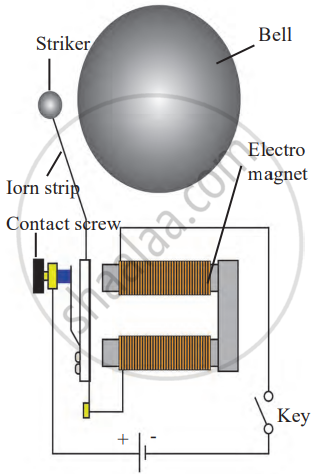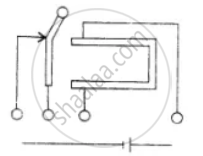Topics
Physical Quantities and Measurement
- Measurements
- Physical Quantities
- Volume and It’s Unit
- Measurement of Volume
- Area and It’s Unit
- Measurement of Area
- Density and It’s Unit
- Measurement of Density
- Determination of Density of a Regular Solid
- Determination of Density of an Irregular Solid
- Determination of Density of a Liquid
- Speed
Force and Pressure: Motion
Energy
- Energy
- Forms of Energy
- Mechanical Energy
- Potential Energy (U)
- Kinetic Energy (K)
- Types of Kinetic Energy
- Conversion of Potential Energy into Kinetic Energy
- Transformation of Energy
- Conservation of Energy
- Hydroelectric Energy
Light Energy
- Light
- Reflection of Light
- Plane Mirror
- Terms Used in Reflection of Light
- Law of Reflection of Light
- Verification of the Law of Reflection of Light
- Reflection of a Ray of Light Normally Incident on a Plane Mirror
- Images Formed by a Plane Mirrors
- Formation of Image by Reflection: Real and Virtual Image
- Lateral Inversion
- Types of Reflection
- Speed of Light
- Colour
Heat
- Heat and Its Unit
- Heat Exchange
- The Temperature and a Thermometer
- Measuring Temperature
- Scales of Thermometers
- Effects of Heat
- Expansion of Substances (Thermal Expansion)
- Expansion of Solids
- Expansion of Liquids
- Expansion of Gases
- Transfer of Heat
- Conduction
- Convection
- Radiation
- Conductors and Insulators
- Thermos Flask (Dewar Flask)
Sound
Electricity and Magnetism
- Magnet
- Discovery of Magnets
- Classification of Magnets
- Magnetic Properties
- Laws of Magnetism
- Magnetic Field
- Electromagnet
- Making of an Electromagnet
- Applications of Electromagnets
- Electric Bell
- Earth’s Magnetic Declination
- Electricity
- Sources of Electricity
- Electric Circuit
- Conductors and Insulators
- Analogy of Electric Current with Water Flow
- Flow of Charges (Electrons) Between Conductor
- Symbols and Functions of Various Components of an Electric Circuits
- Types of Circuits: Series Circuit
- Types of Circuits: Parallel Circuit
- Electric cell
- Battery
- Electric Bell and its Component
- Working of Electric Bell
Electric Bell and its Component:
An electric bell is a common device used for doorbells, and it operates using an electromagnet.

Electric bell
Components:
- Electromagnet: A coil of copper wire wound around an iron piece.
- Iron Strip and Striker: An iron strip is attached to a striker, which hits the gong to produce sound.
- Contact Screw: This screw touches the iron strip and helps complete the electric circuit.
Working of Electric Bell:
- When the bell button is pressed, the electric circuit is closed, and current flows through the coil, turning it into an electromagnet.
- The electromagnet attracts the iron strip, pulling it towards the coil. As a result, the striker attached to the iron strip hits the gong, creating a sound.
- As the iron strip moves, it loses contact with the contact screw, breaking the circuit and stopping the current.
- With no current, the electromagnet loses its magnetism, and the iron strip returns to its original position, coming back in contact with the contact screw.
- This action completes the circuit again, allowing the current to flow. The process repeats, making the bell ring continuously as long as the button is pressed.
If you would like to contribute notes or other learning material, please submit them using the button below.

